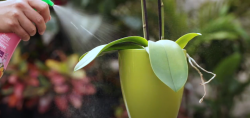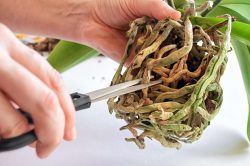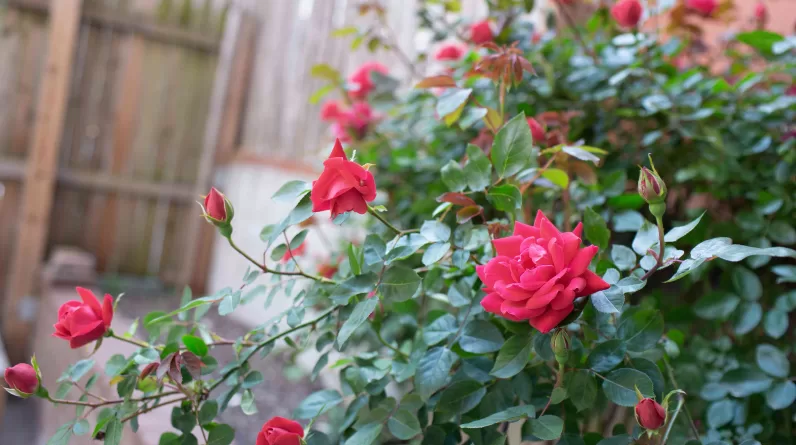Magnificent, but rather capricious, orchids require special care and attention. Although there are several thousand varieties, some are less demanding than others. This is the case, among others, of the most common variety: Phalaenopsis. This indoor orchid is as easy to care for as a cactus!
Have you ever found your beautiful orchid with the stem stripped of all its flowers? Panicked, you probably said to yourself, “That’s it! My orchid is dying.” Well no! The majority of orchids only flower once a year, most often in spring. Fortunately, Phalaenopsis can offer more than one flowering period per year, but you still have to give it a chance! Here are 4 tips to help you care for your orchid:
1. Benefit from indirect light
Orchids need sun but prefer indirect light. You are probably wondering where to place your orchid in your home to provide it with adequate light. The answer: near an east or west window. During winter (November to April), place your orchid near a window so that it benefits from maximum light. During the summer period (May to October), the sun’s rays can be very strong. It is therefore preferable to move your plants away from your windows or to use a light curtain to create shade and filter the light. As for the orientation of the windows, they are all suitable, except the northern one, where the sunlight is too weak even in summer.
2. Provide adequate temperature
Orchids prefer humid environments and do not tolerate intense heat very well. It is therefore necessary to avoid positioning them near heating systems. Please note that the normal temperature of our interiors suits orchids perfectly, but they prefer a slight drop at night.
Did you know that it is also possible to take your orchids outside during the summer? Indeed, once the risk of frost has passed (between June 15 and September 15), some orchids like to enjoy sunbathing outside under a parasol. The temperatures are adequate and the parasol protects from direct sunlight. You just need to watch the watering.
3. Water by dipping
Excessive watering of potted orchids is the main cause of failure in this type of plant since it often causes root rot. The key is to water without wetting the core of the foliage, approximately once a week. Make sure to drain the pot well and avoid leaving water in the saucer or your decorative pot. The best for orchids is to prioritize watering by soaking (bathing the roots) with lukewarm water for 15 to 30 minutes, to completely moisten the root system.
- Tip: How do you know if an orchid needs water? It is very simple! When your orchid’s roots look grayish and dull, it’s time to water. If, on the contrary, the roots are green and vibrant, then your plant does not need water!
4. Fertilize using a spray
Fertilization is strongly recommended, from spring to fall, to ensure your potted orchid blooms. Opt for a fertilizer to spray once a week to provide nutrients and provide instant humidity. Spray the fertilizer on the roots, stem, or leaves, but never on the flowers as this could damage them.
Repotting orchids
It is best to repot your orchids every two or three years to keep them healthy. Plan to repot when the roots pile up at the base of the pot or if aerial roots form and try to escape.
- Trick :
Repotting is the perfect time to carry out a little maintenance on the roots of your orchid. If you notice that the roots are brown or still very dry, prune them. Be careful not to harm the other living parts of the plant near the roots.
To learn about repotting techniques, watch the video in our article: Repotting your orchids.
For more tips for getting your orchid to bloom again, read our blog article Secrets to Getting Your Orchid to Bloom Again.










